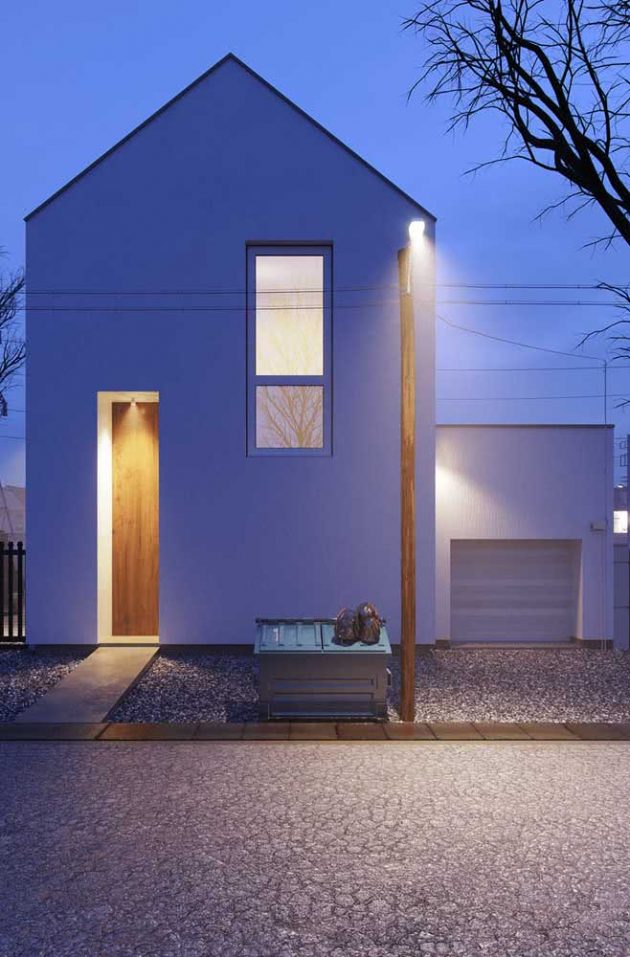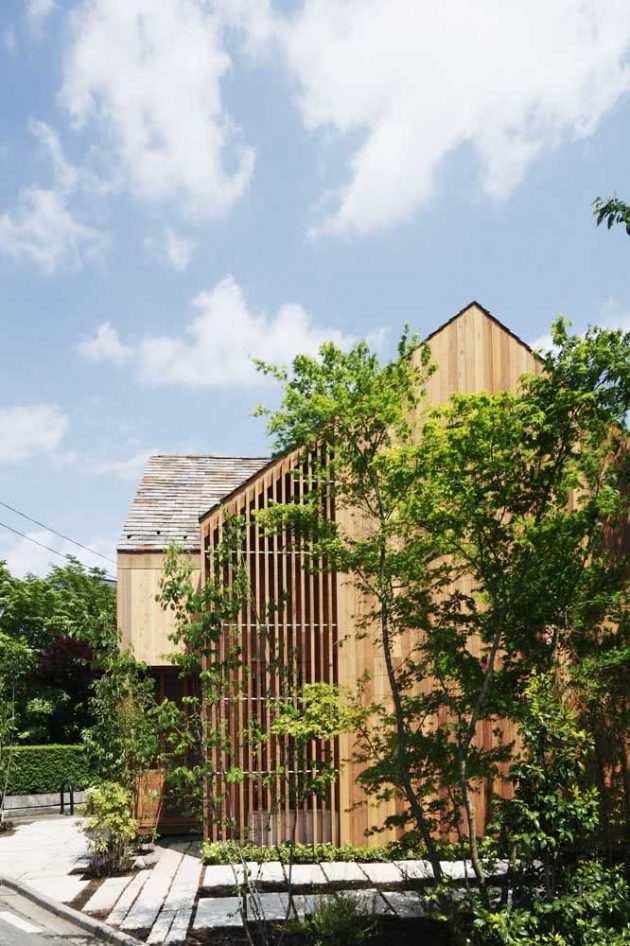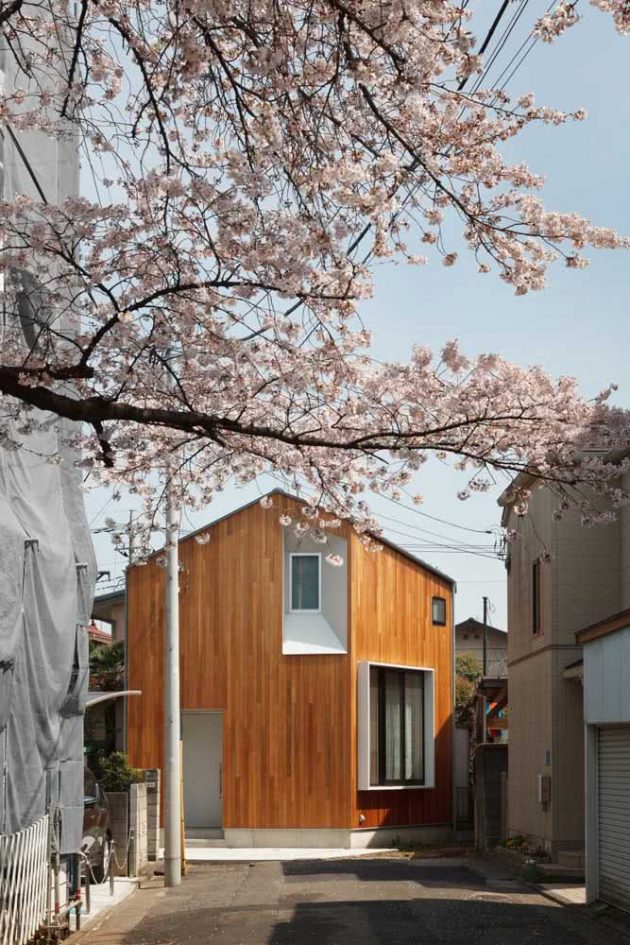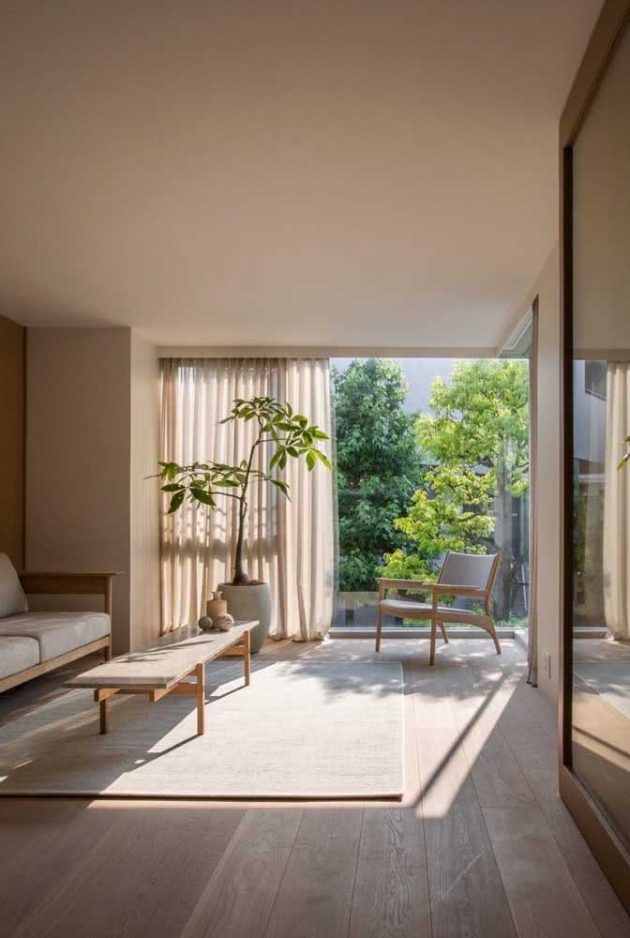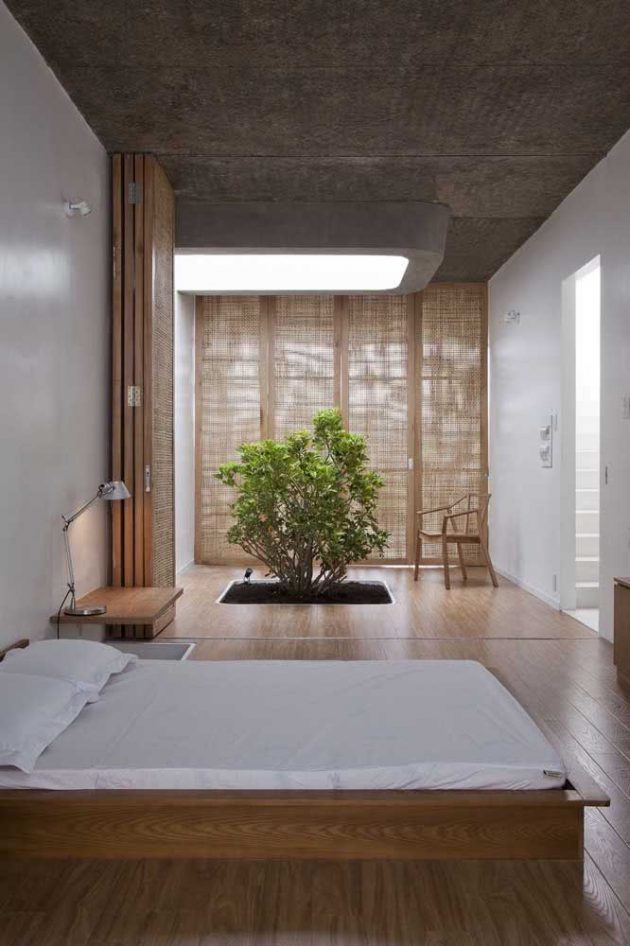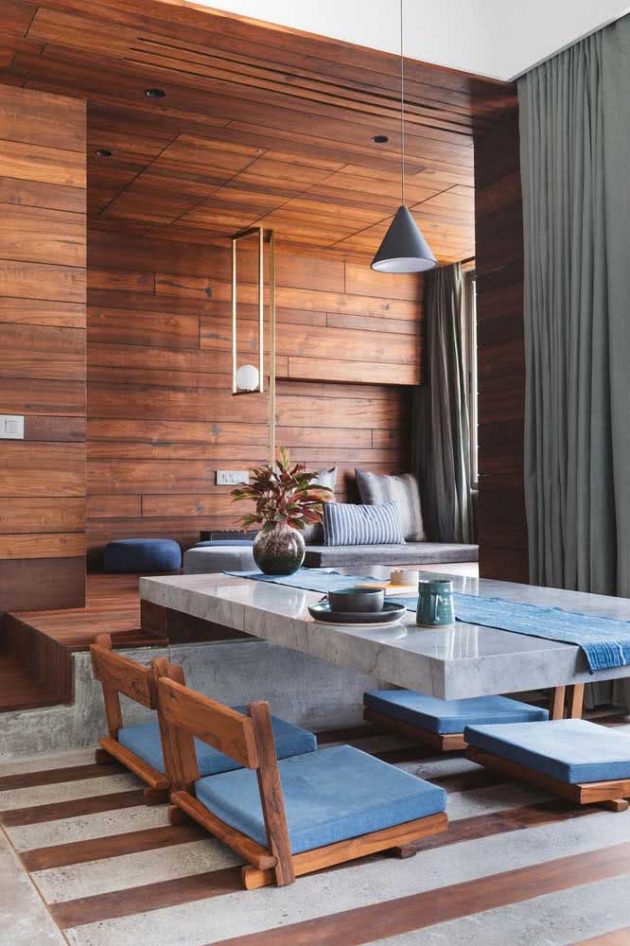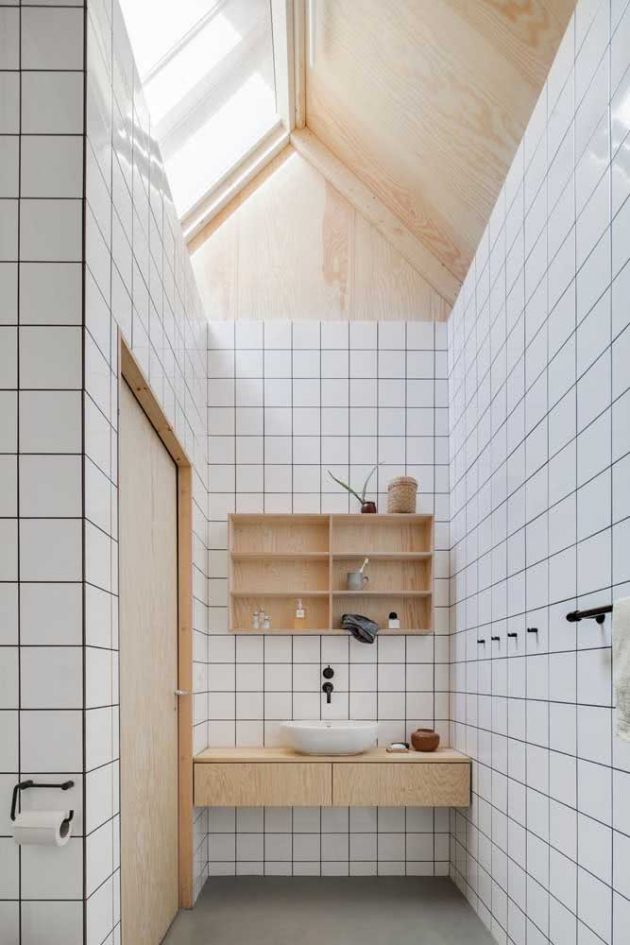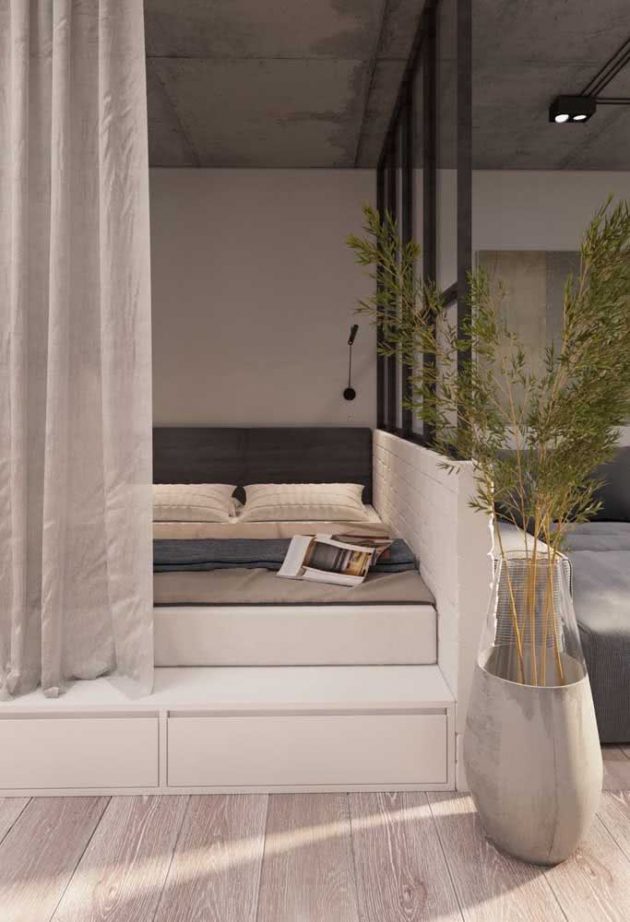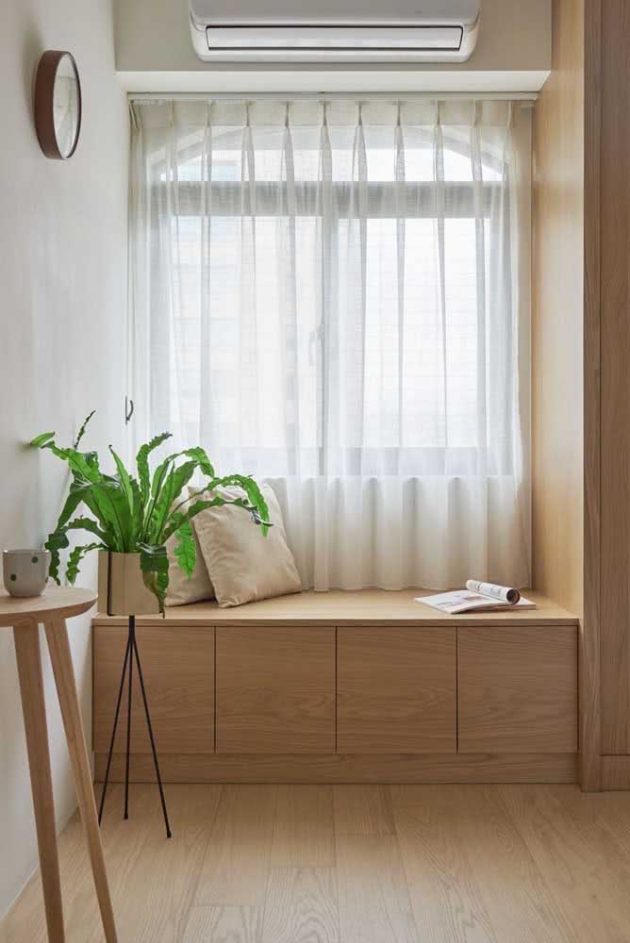Houses are not just houses, they are the expression of a culture, a people, a country. This is how it works around the world and one of the biggest expressions of this idea is Japanese houses.
Japanese home decoration
If we could summarize Japanese decoration in a single style, we could say that they are essentially minimalist, not only in aesthetics but, above all, in functionality. The Japanese appreciate simplicity and practicality, so it is easy for them to set aside elements that serve only to clutter up the environments.
Do you know that famous modernist phrase of “less is more”? So, it applies perfectly to Japanese houses. Here are the main features that make a real Japanese house:
Minimalism
We already talked, but we can go a little further. Japanese minimalism is more about function than aesthetics. Each piece of furniture, each object, each thing finds its place inside a Japanese house. No excesses, no exaggerations, no ostentation. Only the necessary.
This is living in the simple, but not in the simpleton. In other words, it is not because it is simply that it cannot be sophisticated, refined, elegant. Especially because sophistication is not just about material objects, but in the way, the house is treated. And that is another important point in Japanese culture. Over there, the house is a living element. It has a history.
The house is clean, organized, and always ready to receive you with comfort and warmth. Minimalism serves precisely this: to facilitate the processes of caring for the home, in addition to making the experience of residents and visitors more vivid, real, and far from distractions.
Natural materials
The winter is very harsh in Japan and, therefore, contact with nature ends up being severely affected during much of the year. The solution to this problem was to take as many references to natural elements into the houses as possible.
Therefore, it is not difficult to find furniture, windows, and other wooden structures. Straw, bamboo, stones, and paper are also abundant in a Japanese house, precisely to bring comfort and contact with nature.
Low furniture
Japanese simplicity can also be seen in the furniture. Usually low, close to the ground, Japanese furniture makes this contact directly with the earth, as if absorbing from it the energy they need to nourish themselves throughout the day. Thus, the dining table is easily placed at the height of a coffee table with futons replacing the chairs. The Japanese bed is another icon of country furniture.
Tailored environments
A very peculiar characteristic of Japanese houses is the use of a mat to define the measurements of an environment. Calm down, we explain!
In Japan, it is very common to cover the floor of the rooms with a mat made, usually, of rice straw. This mat has a standard measurement of 0.90 cm by 1.80 m. Traditionally, each room must contain six of these mats. Therefore, this element ends up becoming an indispensable item in the elaboration of the rooms of the house.
Integration
Another striking feature of Japanese houses is the concept of integration. There, it is very natural that the environments are all shared, except for the bathroom and bedrooms. There are two reasons for this: the first is Japanese culture that values living together and “being” in the family. The second reason is the size of the houses.
With the overpopulation in the cities, the properties have become smaller and smaller and the solution to living better in reduced spaces is integration, just as it happens in Brazilian, American, and other houses around the world.
Movable walls
But all this integration can end up resulting in a loss of privacy, right? That might be true, but the Japanese thought about it.
And the solution was the adoption of movable walls that can also be defined as screens. In Japanese homes, the use of this type of structure is very popular, either to ensure privacy or to change the settings of the environments. These movable walls are generally made of wood, straw, bamboo, or paper.
Light and neutral colors
Nothing matches Japanese decorating style more than the light, neutral colors. This composition enhances and enhances the minimalist aesthetic and also helps to create a more clean and bright environment.
Lighting
And speaking of lighting, we could not fail to mention the importance that the Japanese give to natural light. That is why Japanese houses are always built with wide spans, either in the walls, in the form of a window, or the skylight style ceiling. The important thing is to let the light in.
Tea house and garden
The most traditional and oldest Japanese houses always have a tea house attached to the main house. Generally located in the garden, these spaces serve to offer relaxation, rest and provide moments of reflection and meditation, something very practiced in oriental Zen philosophy. Next to the tea houses are also the Japanese gardens. Open and natural spaces are very popular in Japan and, therefore, end up being another strong characteristic of Japanese houses.
The gardens are, in most cases, planned with trails for walking and physical activities, in addition to water sources and plants typical of the country, such as pines, bamboo, orchids, and the traditional bonsai.
1.
2.
3.
4.
5.
6.
7.
8.
9.

